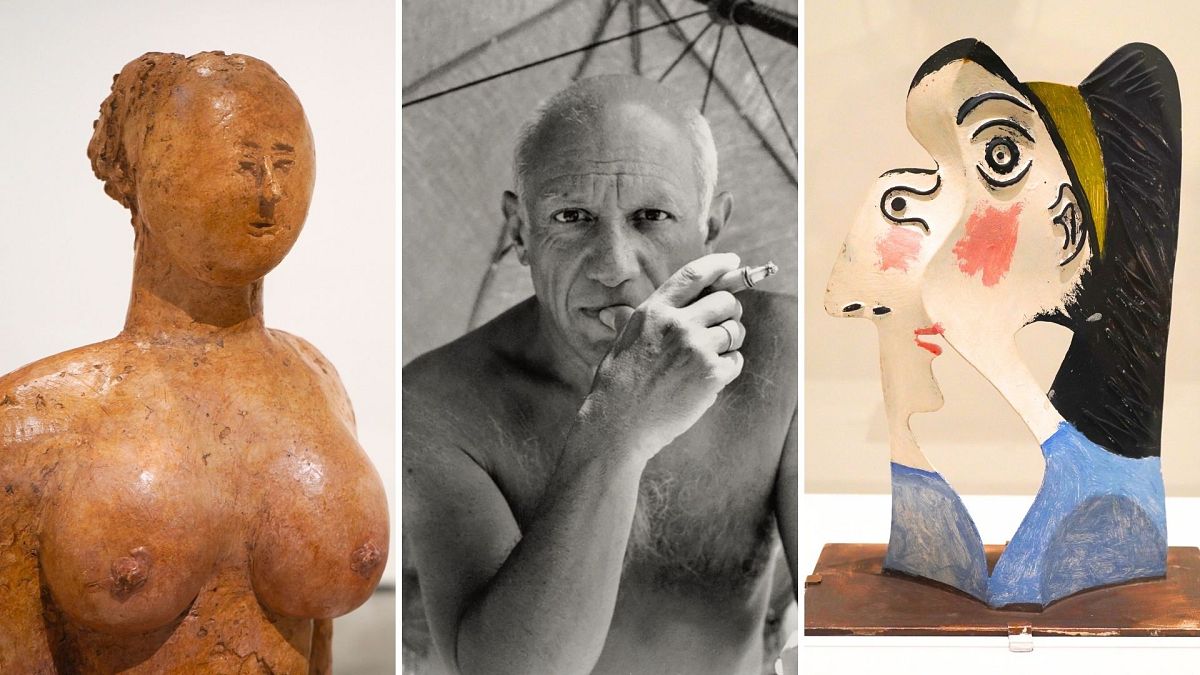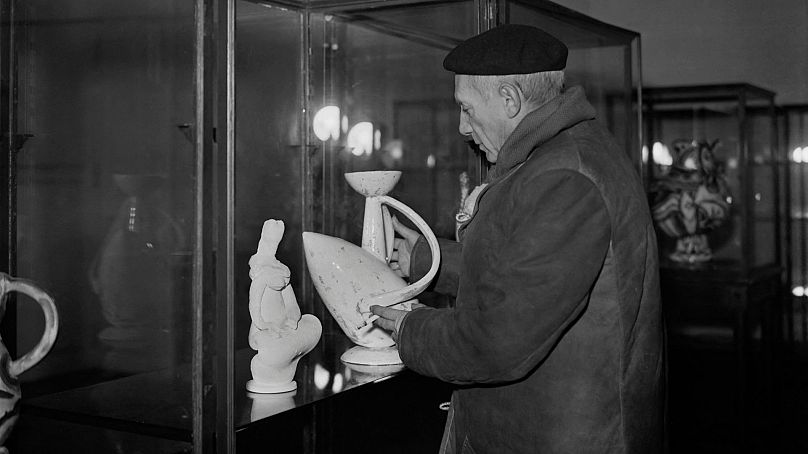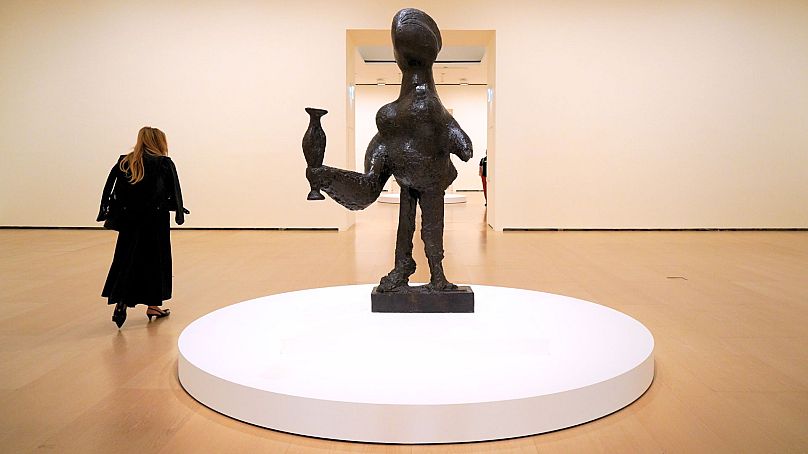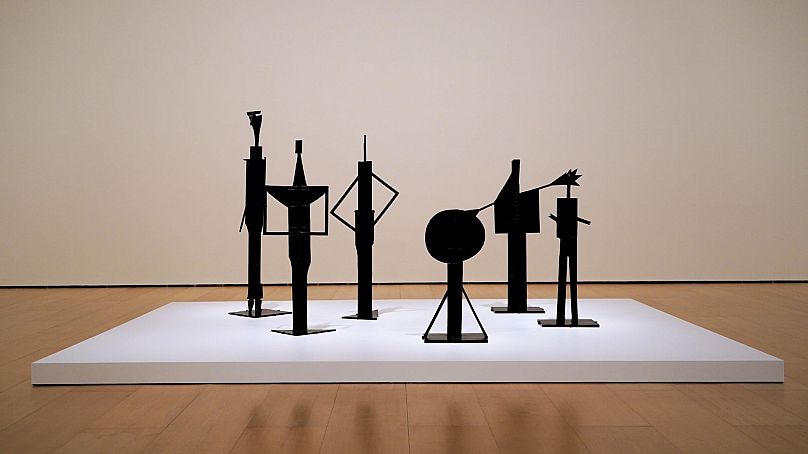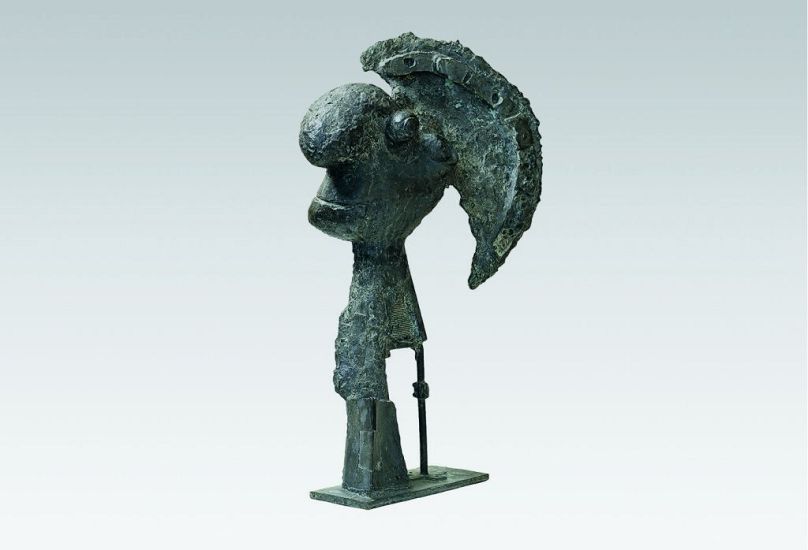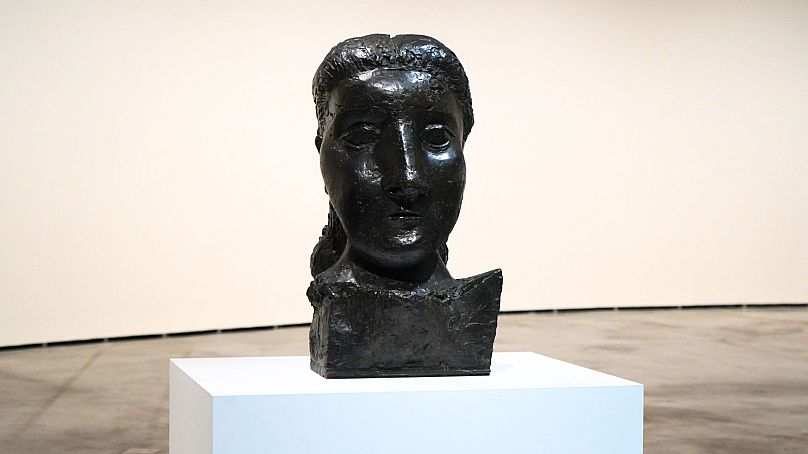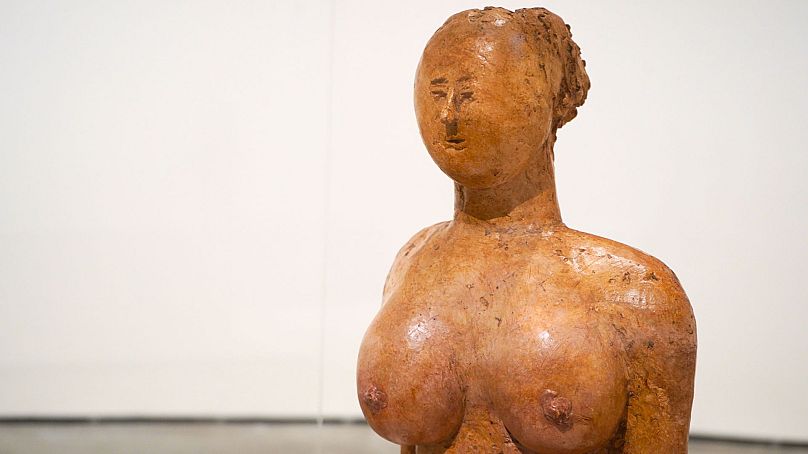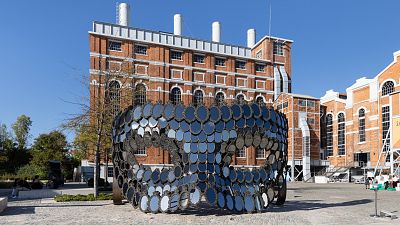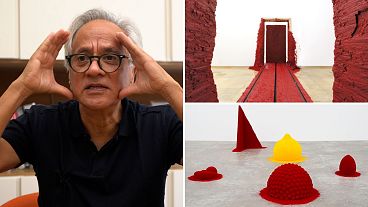Picasso sculptures take centre stage in must-see exhibition at Bilbao's Guggenheim
The Guggenheim Museum Bilbao has opened 'Picasso Sculptor - Matter and Body', an exhibition of the Spanish artist’s work marking the 50th anniversary of his death.
If you ask someone to name a famous sculptor, chances are Pablo Picasso won’t be the first name they come up with. To most people, Picasso, born in Malaga in 1881, is one of the most famous painters of all time, an artistic genius on canvas.
As a titan of the art world, his critically acclaimed and ground-breaking work such as Les Demoiselles d'Avignon (1907) and his haunting depiction of the horrors of war in Guernica (1937) astonished the world.
However, a major, new exhibition at the Guggenheim Museum in Bilbao (in collaboration with Museo Picasso Málaga) aims to explore and put centre stage his work as a sculptor.
Indeed, Picasso himself regarded sculpture as a form of expression comparable with painting, drawing, engraving, and ceramics.
The exhibition on the second floor of the Guggenheim building brings together more than 50 sculptures created between 1909 and 1962, providing a unique perspective on Picasso's artistic journey and his innovative approach to representing the human figure.
The objects are spread across eight galleries and it’s a spectacular setting.
Although every gallery is almost a distinct exhibition in its own right, the entire show is brimming with connections. For example, there are references to the artist's numerous muses and partners throughout the spaces.
It's curated by Carmen Giménez (with the participation of Lucía Agirre) who feels a tremendous sense of pride in raising the profile of artist’s work away from his paints.
“This is the first Picasso exhibition in the Basque Country and it’s very unique that it’s a sculpture exhibition. Picasso is not only a great painter but he’s also a great sculptor. And this facet is perhaps less known.”
Exploring Picasso's sculptures
Organised by the Guggenheim Museum Bilbao in collaboration with Museo Picasso Málaga, the show is part of the international "Picasso Celebration 1973-2023" programme with the support of the National Commission for the Commemoration of the 50th Anniversary of the Death of Pablo Picasso and the Musée national Picasso-Paris.
On a recent visit to the Guggenheim, Bernard Ruiz-Picasso, the co-founder of Museo Picasso Málaga and grandson of Picasso was emotional looking at the collection of exhibits: "It's good to see the sculptures in such a beautiful space, to be able to turn around and feel them. They seem to be very much alive."
Each gallery highlights a different theme or period in Picasso’s life. Ten days after Picasso’s death in April 1973, one of the two bronze copies of the sculpture Woman with Vase was placed over his tomb at the Château de Vauvenargues in France. The other is in Gallery 205 and welcomes visitors to the tour of the artist’s sculptural work.
The sculpture, reminiscent of the fertility goddesses of Antiquity, portrays a figure extending one arm to display an offering. Woman with Vase is testament to Picasso's enduring fascination with the ancient civilisations of his homeland and ranks among the most significant works ever produced by the artist.
Cubism is explored in Gallery 206. In 1909, Picasso modelled the bust of his partner Fernande Olivier, transforming her features into geometrical facets which he condensed and twisted in order to achieve a sculptural rendering of what he had experimented within Cubist painting. The work illustrates the ties between the two disciplines.
Objet trouvé
As you quickly learn from the exhibition, Picasso had a profound affinity for crafting sculptures from discarded objects - a practice often referred to as "objet trouvé" (found object).
Beginning in 1912, he began incorporating newspapers, shoe laces, matchboxes, and other everyday found items into his 3D Cubist collages.
Françoise Gilot, one of Picasso's many romantic partners, recalls his routine during his daily walks to his studio, where he would often sift through the town's dump heaps and even rummage through rubbish bins looking for materials to incorporate into his creations.
This process is exemplified in Head of a Warrior (1933). In this work, Picasso incorporates pipes, chicken wire, and nails to create a whimsical, almost caricatured representation of a helmeted warrior with a comically large nose. It's incredibly inventive.
There's also one of the artist's most monumental sculptural works, titled The Bathers (1956), consisting of six figures originally built from broomsticks, fragments of aged wooden frames, furniture, and other discarded objects found in scrapyards.
Picasso during World War II
One of the most fascinating insights into his work is in Gallery 203, which delves into Picasso's creative output during his time in Paris during the German occupation of France.
In spite of a lack of materials, including a scarcity of bronze, and the omnipresent threat of the Gestapo, Picasso managed to create a series of remarkable and career-defining artworks.
One standout piece in this section is Death's Head (1943), a haunting representation of a decomposing head that. There's also Head of a Woman (1941), a monumental bust of the French photographer, painter, and one of Picasso's muses, Dora Maar.
The women of Picasso
No Picasso exhibition would be complete without reference to his work featuring some of the women in his life.
From three distinct busts of Picasso's young mistress, Marie-Thérèse Walter, to a three-dimensional portrait of his second wife Jacqueline Roque, and a metal sheet sculpture of Sylvette David, also known as "the girl with the ponytail", works inspired by the artist's numerous muses and partners are everywhere in this show.
Although, the complex and contentious stories behind the faces remain notably understated in this exhibition, other shows within the "Picasso Celebration 2023" international programme are designed to re-evaluate the artist from a feminist perspective.
The Fernande and Françoise exhibition, running until 21 January at the Kunstmuseum Pablo Picasso in Münster, Germany, provides a comprehensive re-examination of the artist's relationships with Fernande Olivier and Françoise Gilot.
In addition to the actual exhibition, tours of the show featuring guests from different disciplines such as science, film, sport and design are also being offered.
Writing, printing and dance workshops are all planned and the whole exhibition is backed up by educational resources at the museum and online.
'Picasso Sculptor: Matter and Body' runs until 14 January 2024 at the Guggenheim Museum Bilbao.
